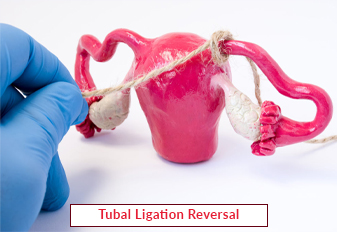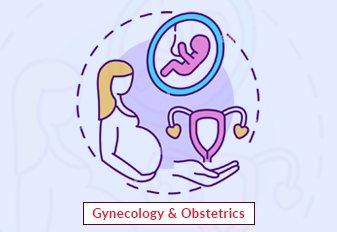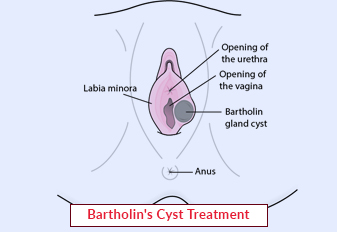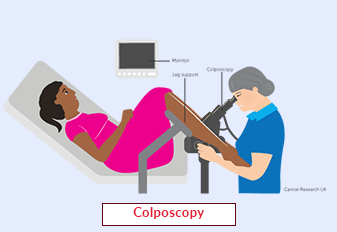Tubal Ligation Reversal

Tubal ligation reversal, also known as tubal reversal or microsurgical tubal reanastomosis, is a surgical procedure performed to restore fertility in women who have previously undergone tubal ligation, a permanent method of contraception. Tubal ligation is a popular choice for women who no longer wish to have children, but circumstances may change, leading some women to consider reversing the procedure to regain their reproductive options. In this article, we will explore the concept of tubal ligation reversal, its indications, the procedure itself, and the chances of achieving pregnancy after the surgery.
Book an AppointmentAbout Tubal Ligation Reversal
Women who have previously undergone tubal ligation but desire to conceive again may consider tubal ligation reversal. The decision to pursue this procedure is based on personal circumstances, such as a change in the desire to have more children or a change in a woman's relationship status. It is important to note that the success of tubal ligation reversal may depend on various factors, including the method of tubal ligation used, the length and health of the remaining fallopian tubes, and the woman's age and overall fertility status.
Procedure of Tubal Ligation Reversal
-
Preoperative Evaluation: Prior to the procedure, a thorough evaluation is conducted to assess the woman's overall health, fertility potential, and the feasibility of tubal ligation reversal. Diagnostic tests, such as hysterosalpingography (HSG) or laparoscopy, may be performed to evaluate the condition of the fallopian tubes and the presence of any other fertility-related factors.
-
Surgery: Tubal ligation reversal is typically performed under general anaesthesia. The surgeon makes a small incision in the lower abdomen, through which the fallopian tubes are accessed. The blocked or sealed ends of the fallopian tubes are carefully dissected and reconnected using microsurgical techniques. The type of surgical approach and technique used may vary depending on the specific circumstances and the surgeon's expertise.
-
Recovery and Follow-up: After the procedure, the woman is monitored in the recovery area and may be discharged on the same day or after a short hospital stay, depending on the surgical approach and individual recovery. Pain medication and instructions for wound care are provided. Follow-up appointments are scheduled to monitor healing and evaluate the chances of successful conception.
Success Rates and Pregnancy After Tubal Ligation Reversal
The success of tubal ligation reversal in achieving pregnancy varies depending on multiple factors, including the woman's age, the type of tubal ligation performed, the length and health of the remaining fallopian tubes, and other fertility-related factors. Generally, the success rates range from 40% to 90%, with higher success rates observed in younger women and those with a longer healthy segment of fallopian tubes. It is important to note that successful conception after tubal ligation reversal may take several months, and regular monitoring by a fertility specialist is recommended.
Require Assistance?
Get A Quick Callback From Our Healthcare Experts






